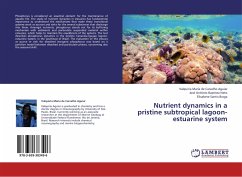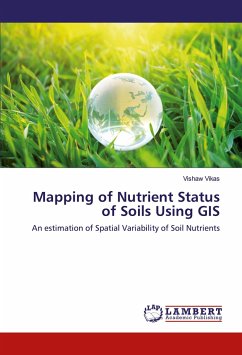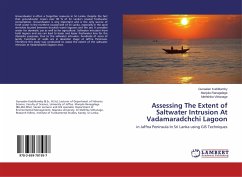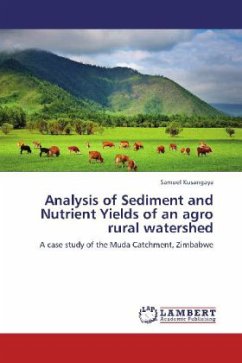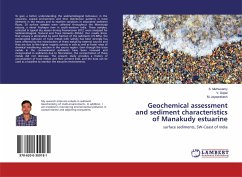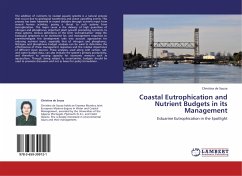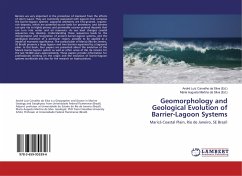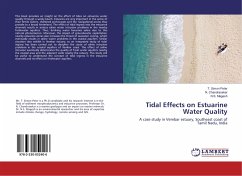Phosphorus is considered an essential element for the maintenance of aquatic life. The study of nutrient dynamics in estuaries has fundamental importance to understand the mechanisms that make these transitional systems work as sources and sinks for the several substances that discharge into them. Amongst nutrients, phosphorus stands out for its buffering mechanism with sediments and particulate suspended material within estuaries, which helps to maintain the equilibrium of the systems. The text describes phosphorus dynamics in the pristine Cananéia-Iguape lagoon-estuarine system, in the southeast of Brazil. The evaluation of this estuary as source or sink for dissolved inorganic phosphorus was based on a partition model between dissolved and particulate phases, concerning also the seasonal shift.
Bitte wählen Sie Ihr Anliegen aus.
Rechnungen
Retourenschein anfordern
Bestellstatus
Storno

